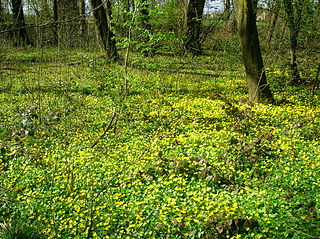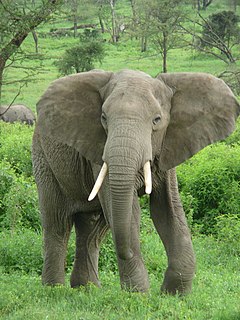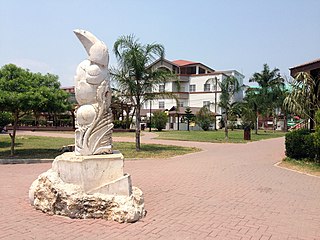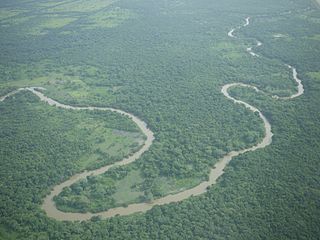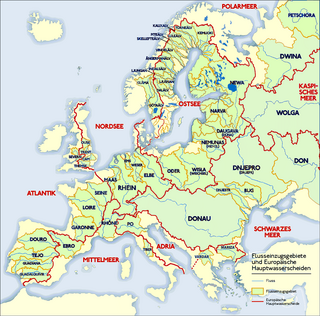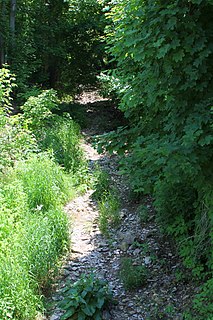| Macal | |
|---|---|
 Macal River in Belize | |
| Location | |
| Country | Belize |
| Physical characteristics | |
| Source | |
| - location | Maya Mountains |
| - elevation | 953 m (3,127 ft) (Cooma Cairn) |
| Mouth | |
- location | Belize River |
| Length | 320 km (200 mi) |
| Basin size | 1,492 km2 (576 sq mi) |
The Macal River is a river running through Cayo District in western Belize. Sites along the river include the ancient Mayan town of Cahal Pech and the Belize Botanic Gardens. The Macal River discharges to the Belize River. There are several tributaries to the Macal River including the following streams: Privassion, Rio On, Rio Frio, Mollejon and Cacao Camp.

A river is a natural flowing watercourse, usually freshwater, flowing towards an ocean, sea, lake or another river. In some cases a river flows into the ground and becomes dry at the end of its course without reaching another body of water. Small rivers can be referred to using names such as stream, creek, brook, rivulet, and rill. There are no official definitions for the generic term river as applied to geographic features, although in some countries or communities a stream is defined by its size. Many names for small rivers are specific to geographic location; examples are "run" in some parts of the United States, "burn" in Scotland and northeast England, and "beck" in northern England. Sometimes a river is defined as being larger than a creek, but not always: the language is vague.
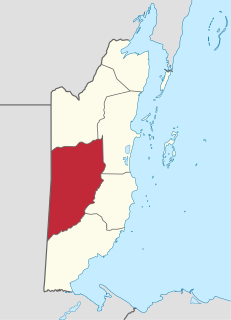
Cayo District is a district located in the west part of Belize. It is the first-most extensive, second-most populous and third-most densely populated of the six districts of Belize. The district's capital is the town of San Ignacio.

Belize is a country located on the eastern coast of Central America. Belize is bordered on the northwest by Mexico, on the east by the Caribbean Sea, and on the south and west by Guatemala. It has an area of 22,970 square kilometres (8,867 sq mi) and a population of 387,879 (2017). Its mainland is about 180 mi (290 km) long and 68 mi (110 km) wide. It has the lowest population and population density in Central America. The country's population growth rate of 1.87% per year (2015) is the second highest in the region and one of the highest in the Western Hemisphere.
Contents
The size of the Macal River catchment basin is approximately 1492 square kilometers. The Macal River rises in a rugged portion of the Maya Mountains and flows in a northerly direction where it joins with the Mopan River to form the Belize River. Lying to the east of the Macal River Basin is the Cockscomb Basin Wildlife Sanctuary, the premier sanctuary established specifically for conservation of the jaguar.

The Maya Mountains are a mountain range located in Belize and eastern Guatemala, in Central America.

The Mopan River is a river in Central America spanning the Petén Department of Guatemala and the Cayo District of Belize. It merges with the Macal River at Branch Mouth, Belize, forming the Belize River, which ultimately discharges to the Caribbean Sea. The drainage area of the combined watershed is 9,434.2 km2 (3,642.6 sq mi). Tributaries of the Mopan include Chiquibul Branch, Ceiba Grande, Salisipuedes, and Delores.
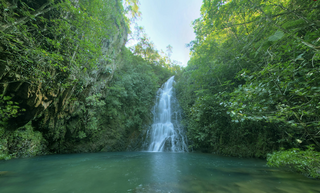
The Cockscomb Basin Wildlife Sanctuary is a nature reserve in the Stann Creek District of south-central Belize. It was established to protect the forests, fauna and watersheds of an approximately 400 square kilometres (150 sq mi) area of the eastern slopes of the Maya Mountains.
Due to the steep terrain of the headwaters region and the high rainfall of the upper Macal Basin, the Macal River is subject to rapid stage height rise, contributing significantly to the downstream flooding of the Belize River. [1] By legend, the river is named after a beautiful young girl Macall, an uncommon name.[ citation needed ] The lower river is navigated year-around with canoes.

A canoe is a lightweight narrow vessel, typically pointed at both ends and open on top, propelled by one or more seated or kneeling paddlers facing the direction of travel using a single-bladed paddle.


